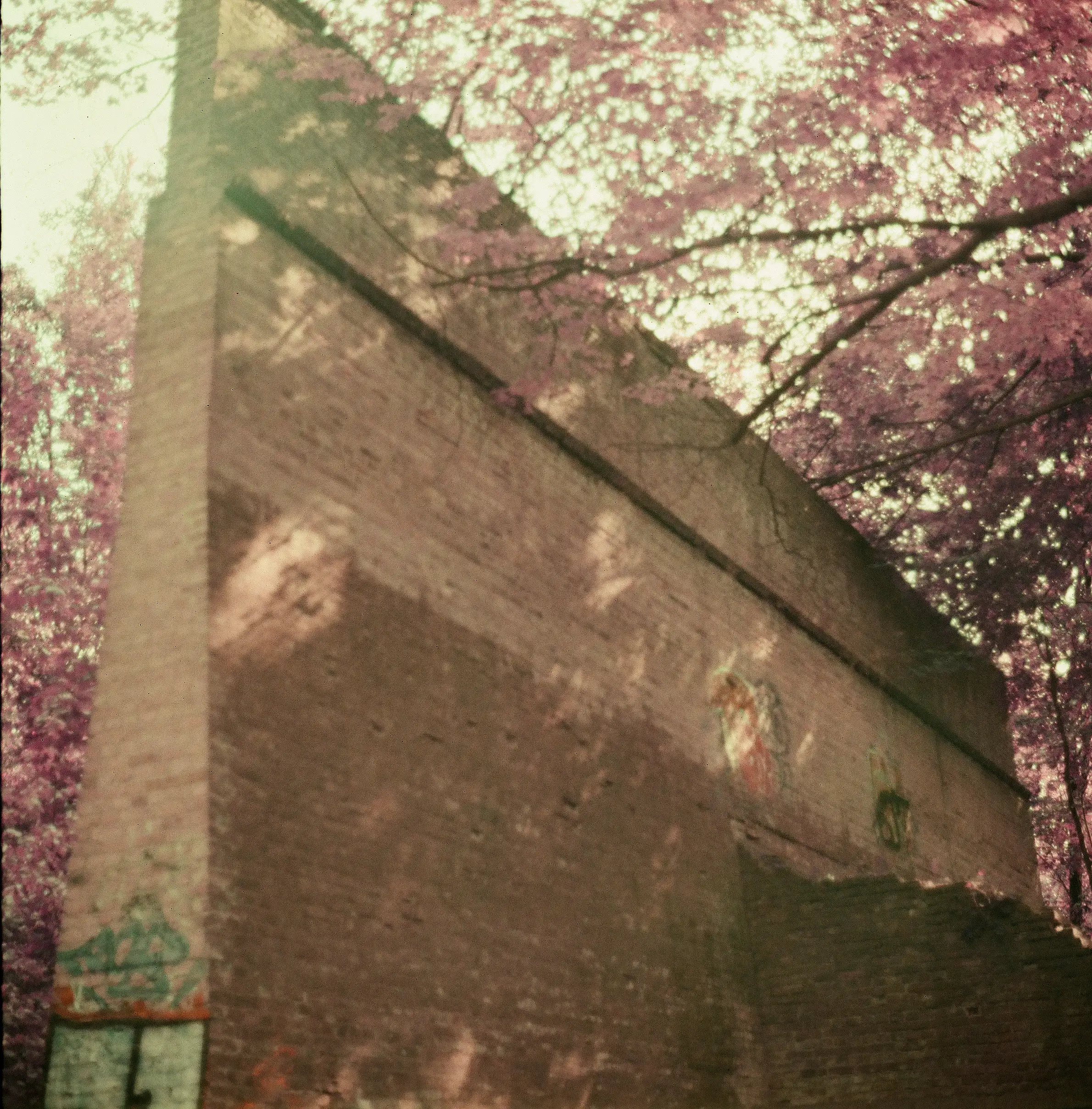The firing ranges in Katharinenholz

I finally managed to wander through Potsdam’s Katharinenholz to visit the still impressive old firing range. These are some remains of the now mostly vanished military history of Potsdam’ north Bornstedt and the ramparts are witnesses to the change in military technologies: from the flintlock rifles to the Luger pistol to modern machine guns. The first firing ranges were laid out as early as 1810 for the recently formed Garde-Regiment. As the military base in Bornstedt expanded over the years, more and more recruits received their shooting training there. Around 1900, there were eight firing ranges of 300 and 600 metres in length.1


The safety standard was minimal though and it was risky for the citizens of Bornim to go into the woods during shooting exercises. More and more complaints were received from the citizens that stray bullets flew over the surrounding paths and streets. Even some bullets were found in the church of Bornim. 1872 were the first entrenchments 7 meters in height and 18 meters wide. However, this was not enough and bullet trap chambers were added in 1890. These are the massive walls that can still be seen in the woods of Katharinenholz. In 1906, the postal administrator of Bornim got hit by a stray bullet in his upper thigh during his walk through the woods. As a result, the bullet traps were raised and widened between 1906 and 1909. You can still see this on the upper 1 to 2 meters of the walls that are thinner.2 The firing range was also fenced in and secured by a guard.
After the First World War, only the Potsdamer Schutzpolizei used the firing range for practice. After the Second World War, the firing range was used by soviet soldiers until it was finally closed in 1960 (you can still see some concrete walls from that time). The fence was removed and the woods could be visited again by all.


-
I found the most information in the book “Rund um das Bornstedter Feld : Streiflichter zur Geschichte des Potsdamer Nordraumes / Hartmut Knitter ; Rainer Lambrecht. Hrsg. von der Entwicklungsträger Bornstedter Feld GmbH, Potsdam, Knotenpunkt-Verlag, 2006”. ↩︎
-
They probably used wooden slats before to catch stray bullets. ↩︎